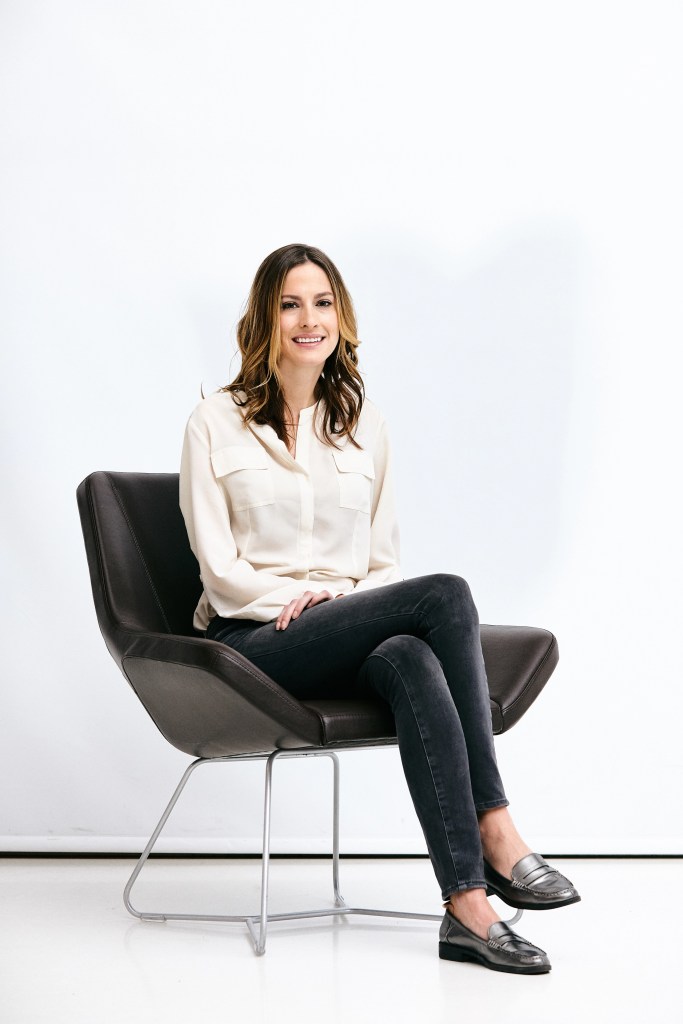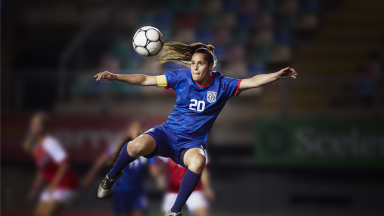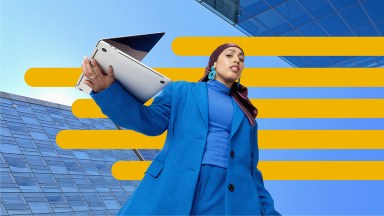https://nielsen.wistia.com/medias/ubvsgmawk5?embedType=async&videoFoam=true
Living with a disability is increasingly a part of everyday life. Whether the disability is seen or unseen, more than a quarter of the U.S. population has one, and many of us who aren’t disabled are likely to know someone who is living with one. We know that media has the power to shift the narrative around disability by better reflecting the real lived experience of people with disabilities. So, while film and TV content have made progress in depicting stories of disability, as evident in the surge of programming inclusive of disabilities and related themes over the last 10 years, advertising featuring people with disabilities lags far behind. With a $21 billion market potential, advertisers cannot afford to miss the opportunity to engage with the disabled community and their allies.
Disability Presence in Advertising Creative
Most of the time, disability is absent from advertising, except when it’s focused on products that treat disabilities. Rarely do ads show disabled people in everyday life, such as working, parenting, household chores or enjoying activities. In a custom analysis of Nielsen Ad Intel data, we looked at nearly 450,000 primetime ads on broadcast and cable TV in February 2021. Of those ads, just 1% included representation of disability-related themes, visuals, or topics.
Considering this active consumer target, the missed opportunity to incorporate people with disabilities into everyday brand messaging could be costly. There is an opportunity for brands to incorporate depictions and experiences of life with a disability in their messaging and product designs without centering on it. The media, marketing and advertising industries have an opportunity to help break down social stigmas around disability by making people with disabilities more visible.
Advertising spend on disability-inclusive ads
Hollywood has made progress in depicting disabilities but much more needs to be done to provide more opportunities to disabled talent. Our analysis found that ad spend inclusive of people with a disability and disability related themes in February totaled nearly $57 million, but just 3% went to ads featuring disabled people or that were inclusive of disability themes in the creative.
And pharmaceuticals, health care treatments, devices and similar made up nearly 50% of the total dollars spent in disability-inclusive ads. While treatment and managing care are important aspects of living with a disability, it’s important that life with a disability is seen as more than just prescriptions. Advertisers have the opportunity to showcase people with disabilities in everyday life, engaging with the products and services brands offer.
When ads are more inclusive, they have an impact on all audiences, not just those living with a disability. Inclusivity, however, means an increase in representation in ads across the category spectrum, not just in Pharmaceuticals. An overabundance of these types of representations can reinforce stereotypes of people with disabilities. When brands from a broader range of industries are more inclusive of disabilities in their creative, they help balance the narrative and normalize living with a disability.
Getting it right
Highlighting the impact that living with a disability can have on consumers’ experience with a product reinforces a sense of belonging. It also has the potential to drive dramatic change in people’s daily lives. But to be authentic in targeting, advertisers must have the right team to craft an informed and inclusive message. Christina Mallon, influencer, activist and Global Head of Inclusive Designer and Digital Accessibility at Wunderman Thompson is at the forefront of raising awareness, increasing accessibility and innovating with brands for people living with disabilities. Not only is she an expert in her field, but she’s also clear about how brand messaging and products impact her own life every day as a person with a physical disability.

“Many brands are embracing the need to engage and include people with disabilities. But when they include people with disabilities in creative content, we need to be seen for who we are — beyond our disabilities — without ignoring the fact that we have one.”
Christina Mallon, Head of Inclusive Design and Accessibility, Wunderman Thompson
Christina Mallon leads Inclusive Design at Wunderman Thompson, where she consults with brands on implementing inclusive design practices into their business strategies. She is at the forefront of an important movement toward inclusivity in design and advertising. At the start of Christina’s professional career, her arms slowly became paralyzed. The transition to “disabled” was challenging, but has never slowed her down. As a young digital marketing professional starting her career with a disability, she felt under-represented as a consumer. Rather than being discouraged, she recognized the opportunity to build awareness and make a measurable impact within the industry. This realization inspired her to start an inclusive design practice at Wunderman Thompson. Read more about Christina’s work here and here.
A recent Nielsen survey found that people with a disability are more likely to feel that there is insufficient representation of their identity group on TV. The lack of representation in linear TV and advertising, which reaches more than 80% of the adult U.S. population, may be why disabled social media influencers and creators often carry the weight of rewriting the narrative around the media’s presentation of disability. From educating on inclusive language to the proliferation of captions for video segments across TikTok or Instagram, disability representation and inclusion topics are advancing at the grassroots level while more traditional media catches up. Influencers like TikTok’s @Scarlet_may.1, Instagram’s @Chelsiehill, @blindishlatina, @Christina_disarmed, among others share their personal stories through relatable content. Influencers are stepping in to share product hacks and recommendations of inclusive brands to diverse followers including people with disabilities, their loved ones and allies—all consumers open to spending on brands that take action on causes they care about.
Acting now
While progress is being made to increase the visibility of disability, there are immediate steps that the advertising industry can take to accelerate it. Engaging with organizations that are leading the charge to improve representation in media, such as RespectAbility and ReelAbilities, can help brands fine tune future strategies, especially as many look ahead to 2022. When it comes to creative development, brands can cast more disabled people and develop more inclusive storylines, while being careful not to slip into “inspiration porn,” which is often used to motivate non-disabled people at the expense of the disabled experience. When planning a campaign, brands must include various formats and accessibility features to accommodate a variety of people living with different disabilities. Brands can also improve representation in their organizations by hiring more people living with disabilities, like many organizations that are part of the Valuable 500.
Living with a disability is the reality for millions and a part of the diverse identities people want to see authentically portrayed in the content they consume and reflected in the brands they buy. Whether a disability is seen or unseen, the unique perspective of someone with a chronic illness or other disability can enrich a brand’s inclusion efforts and the experience of consumers with a disability. Acknowledging people with disabilities as an important part of your target consumer base means understanding how your products or services uniquely add value to their experience.



